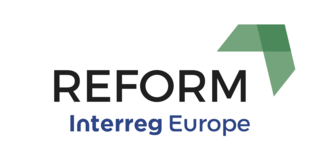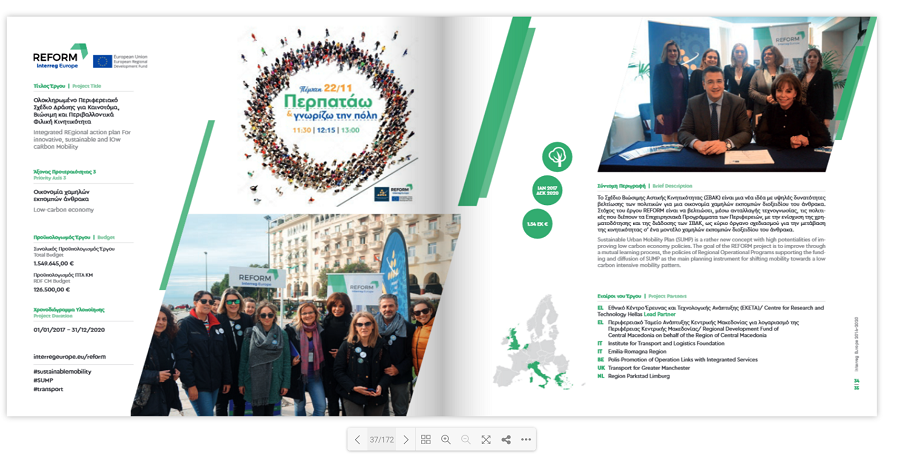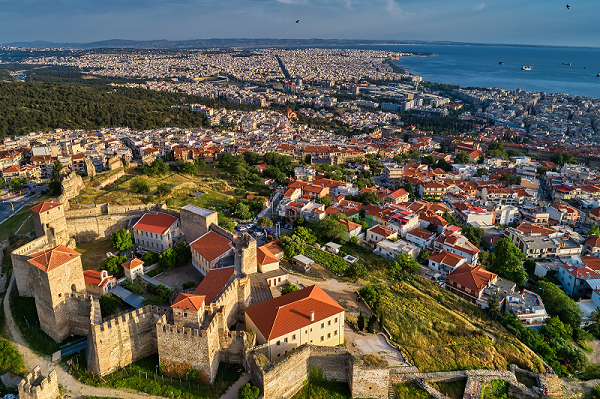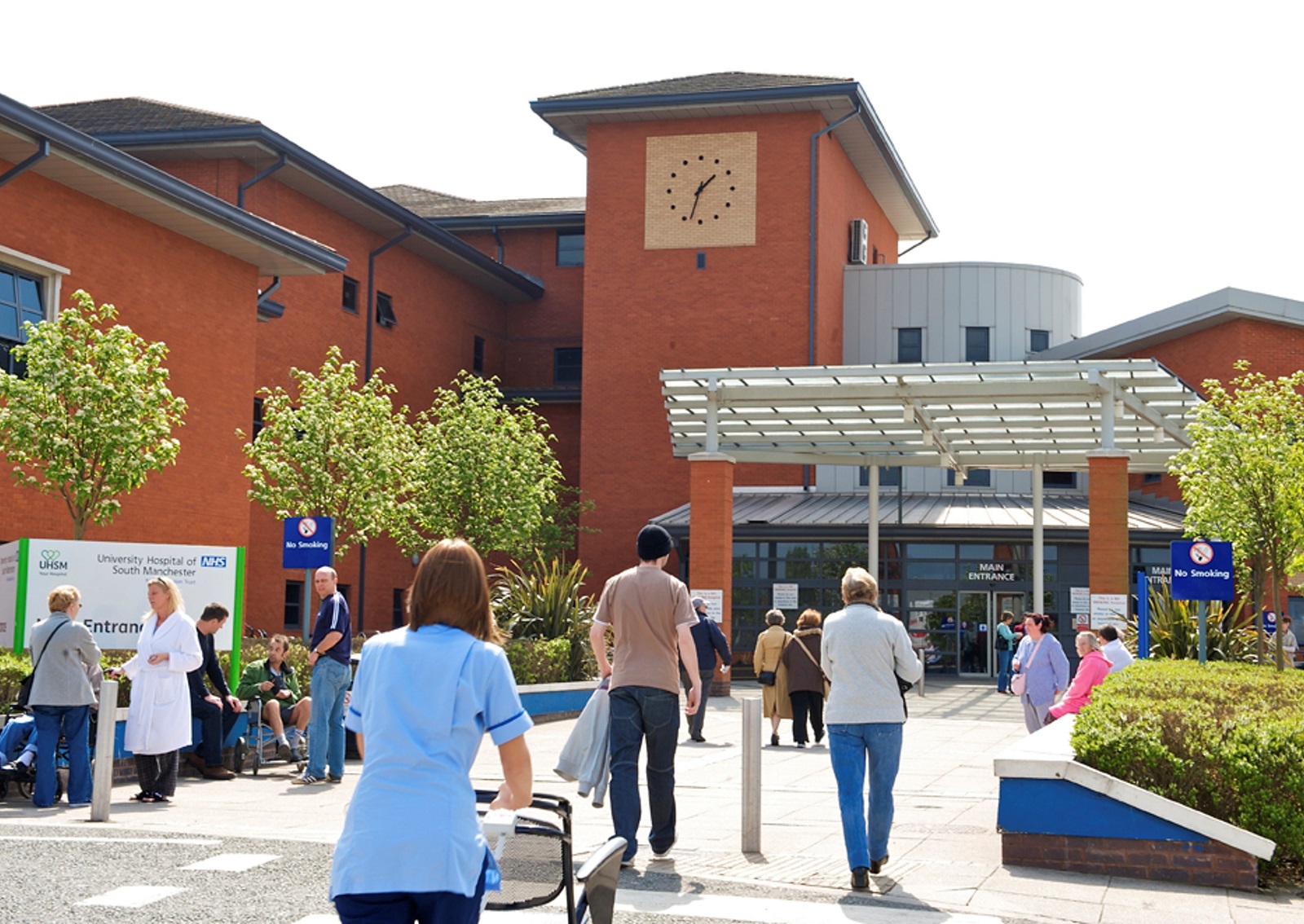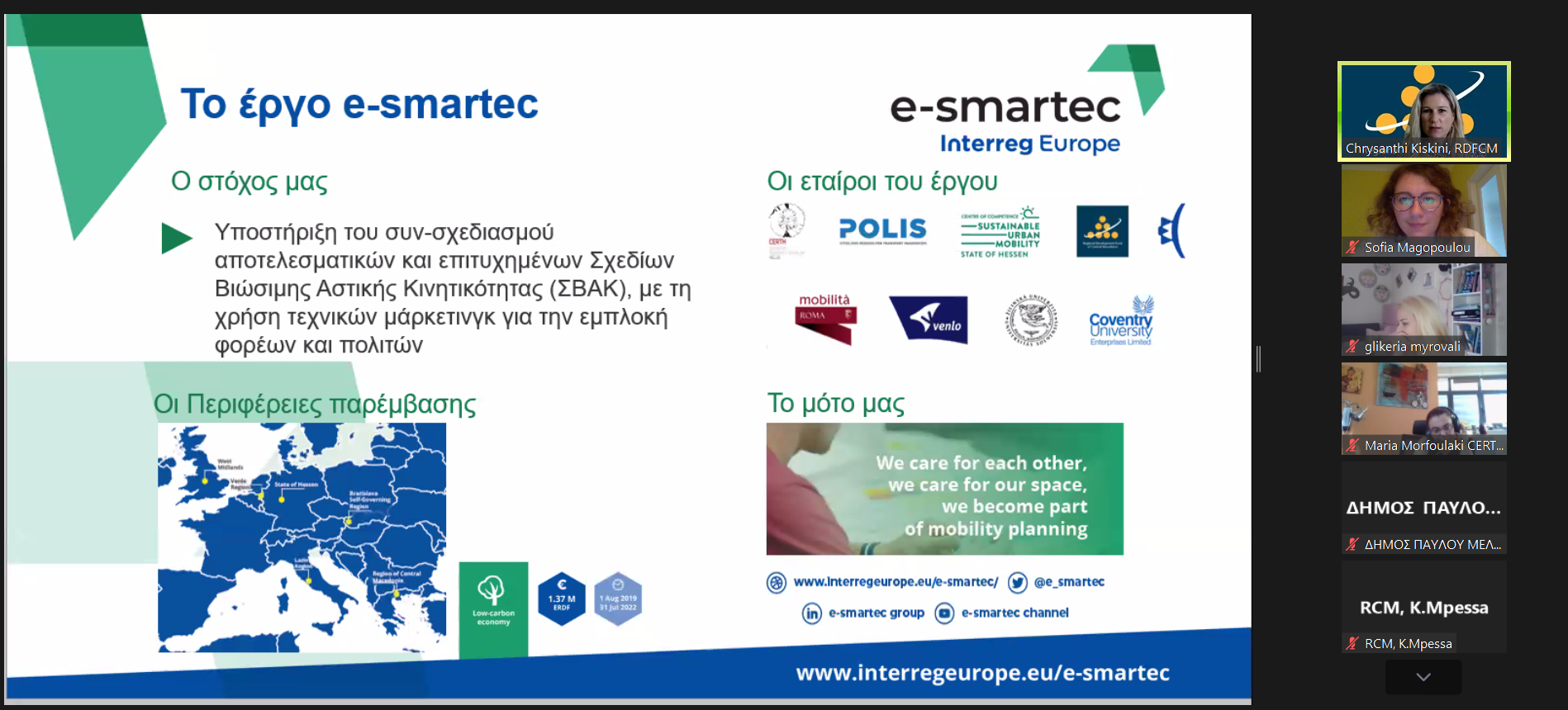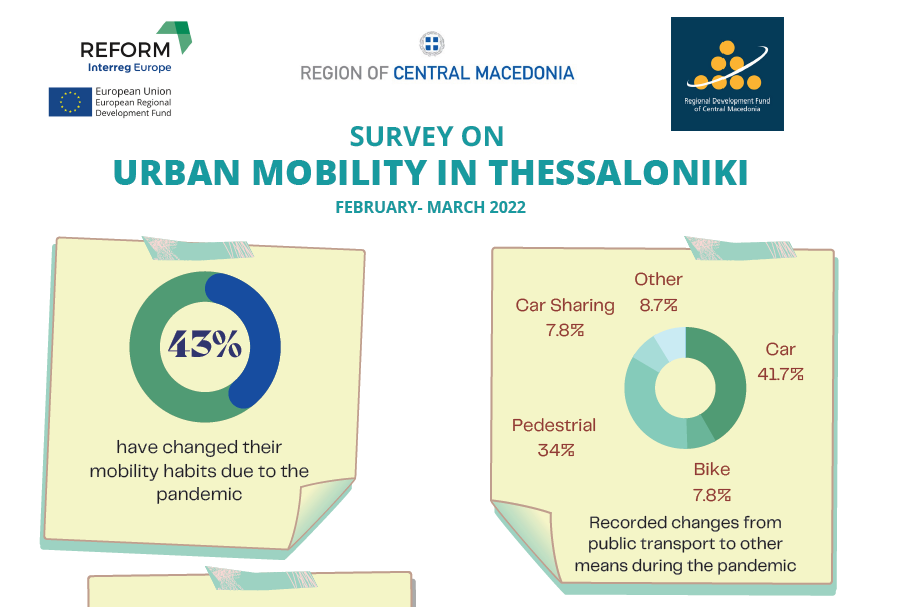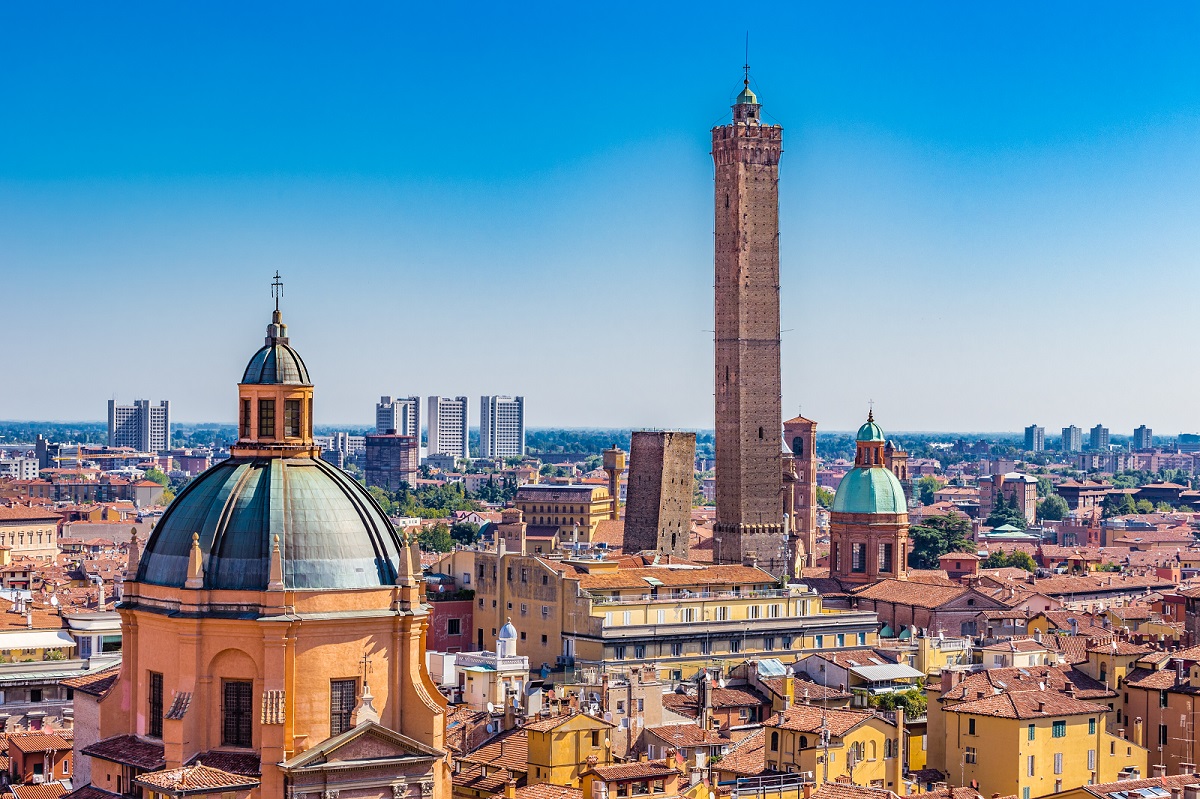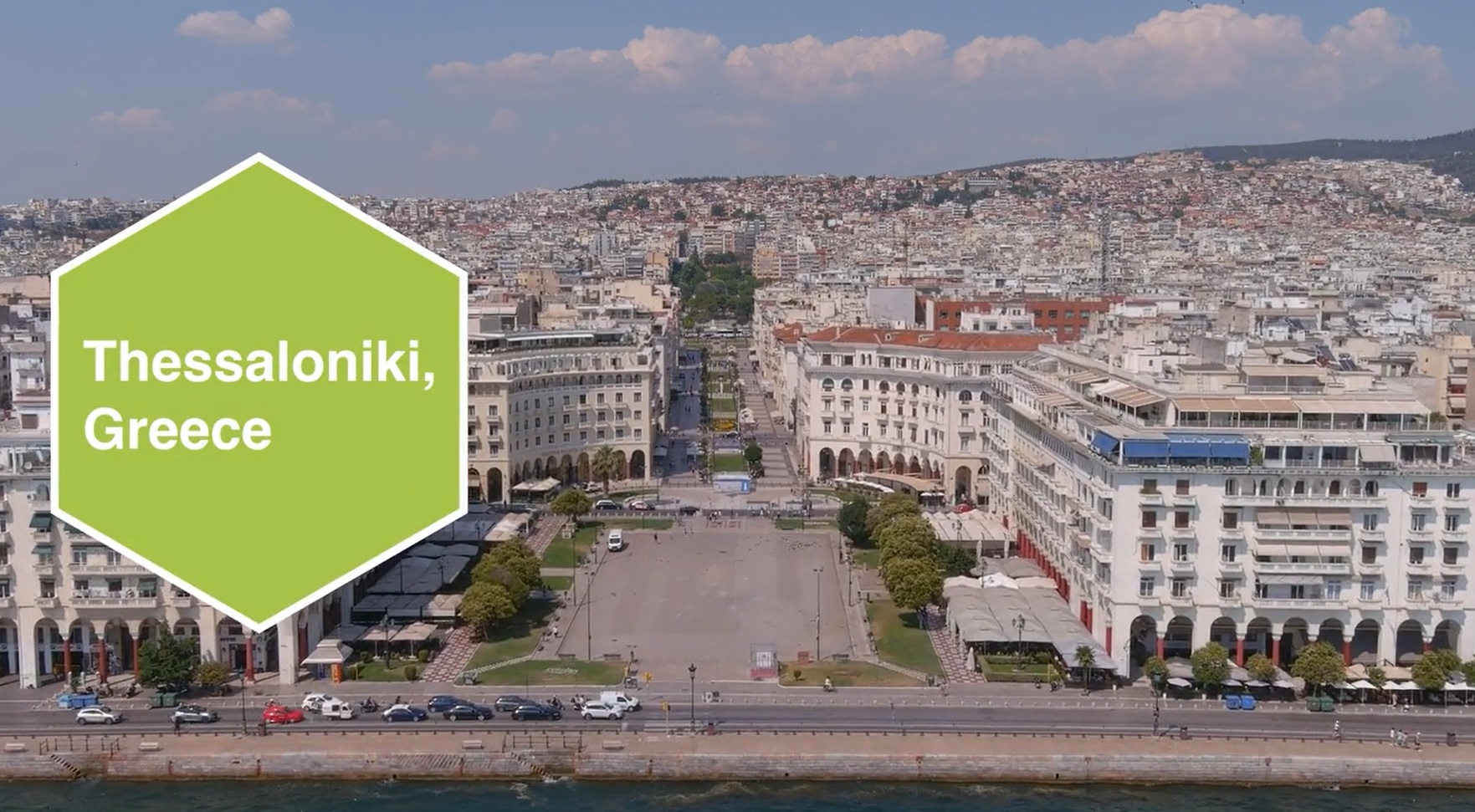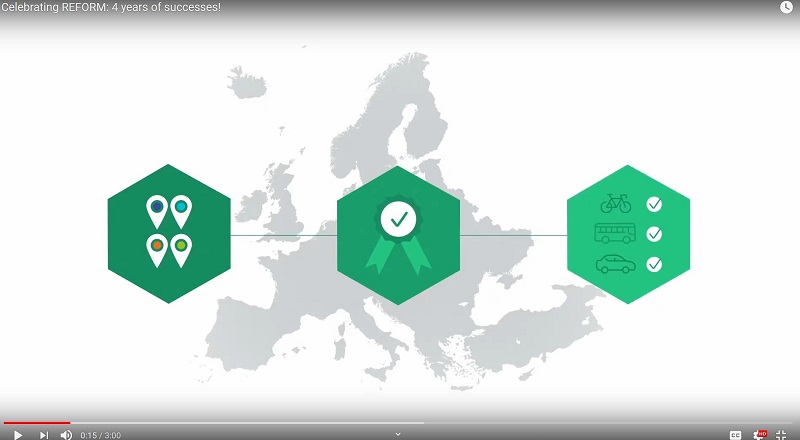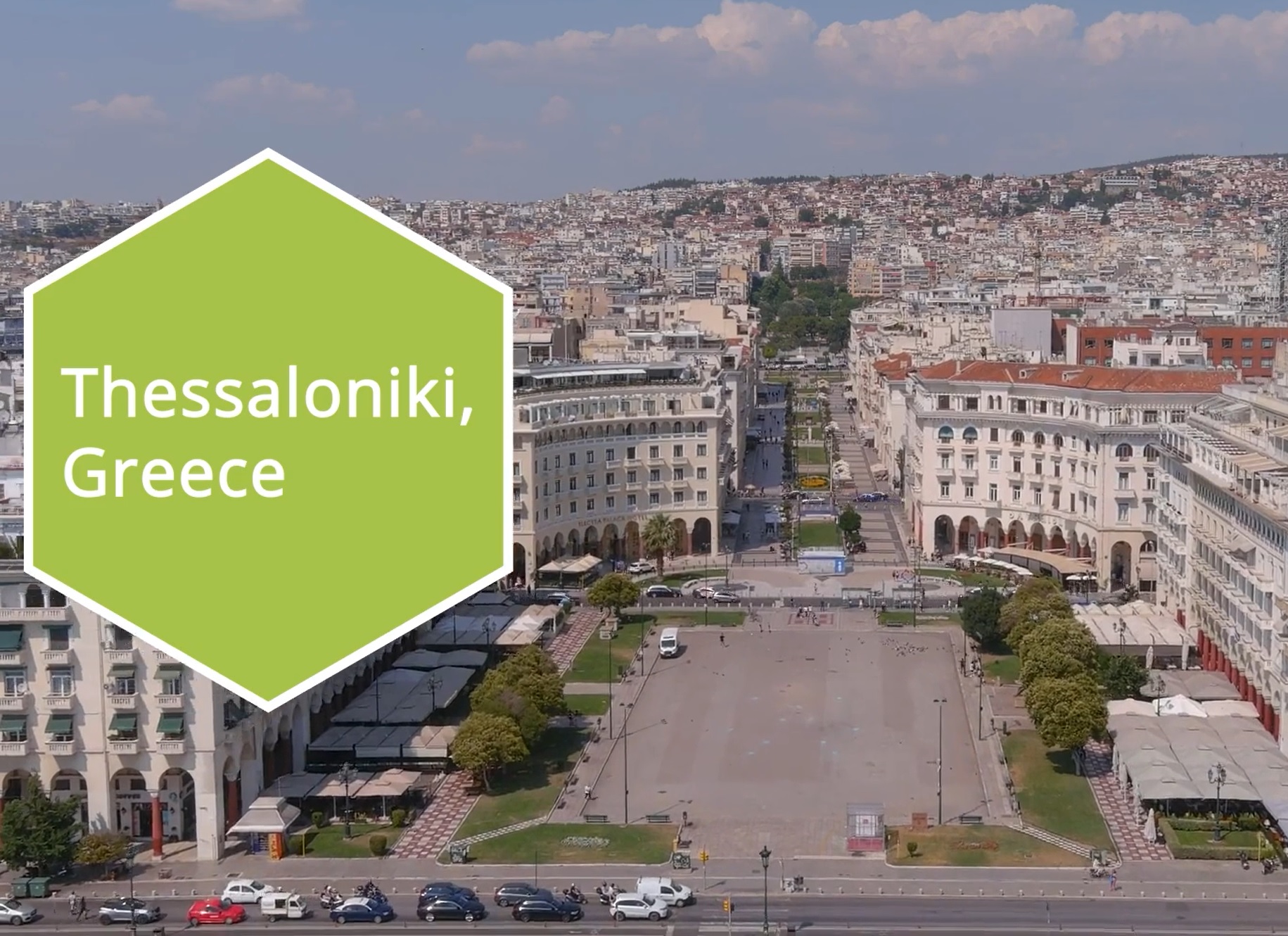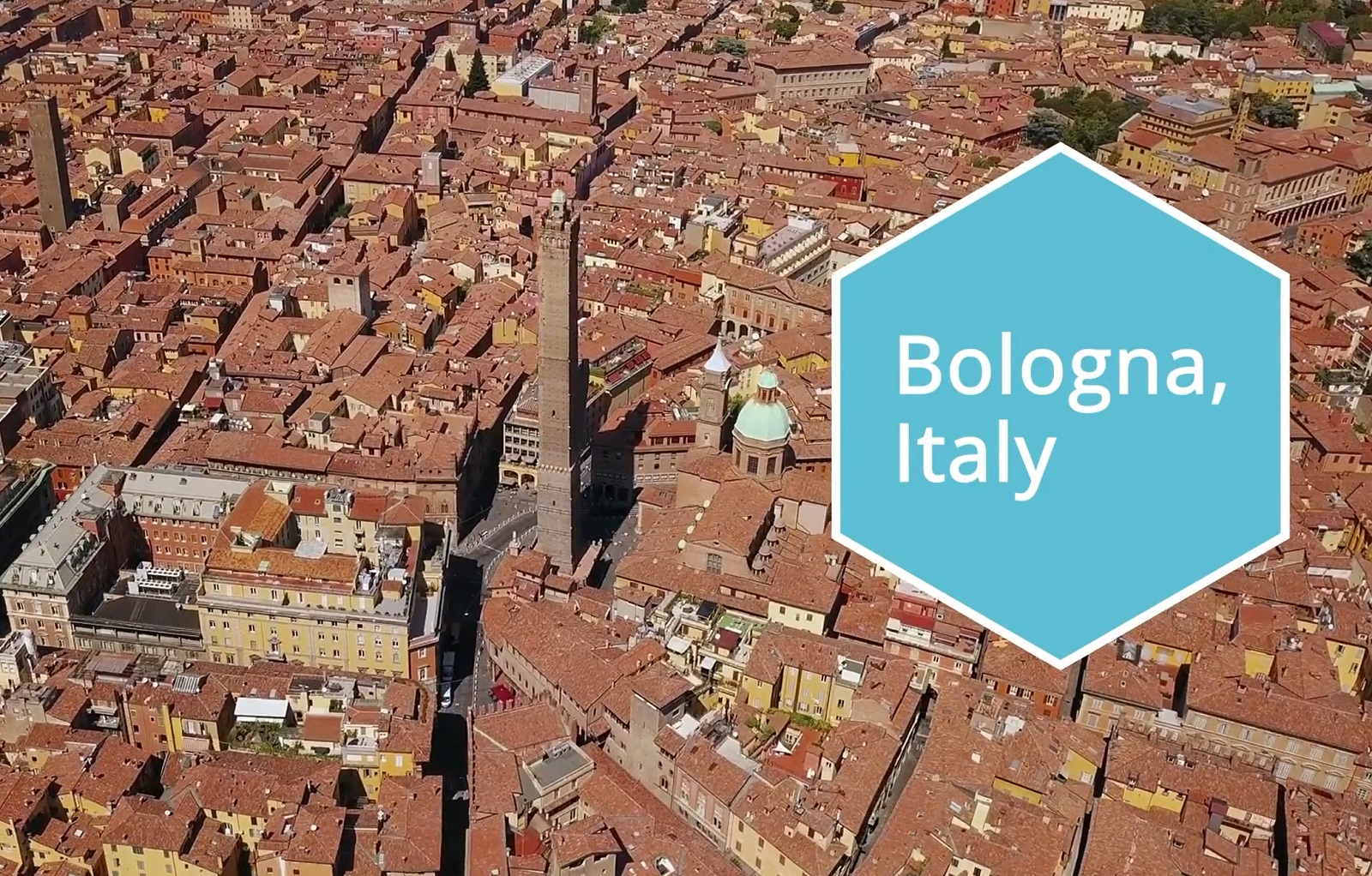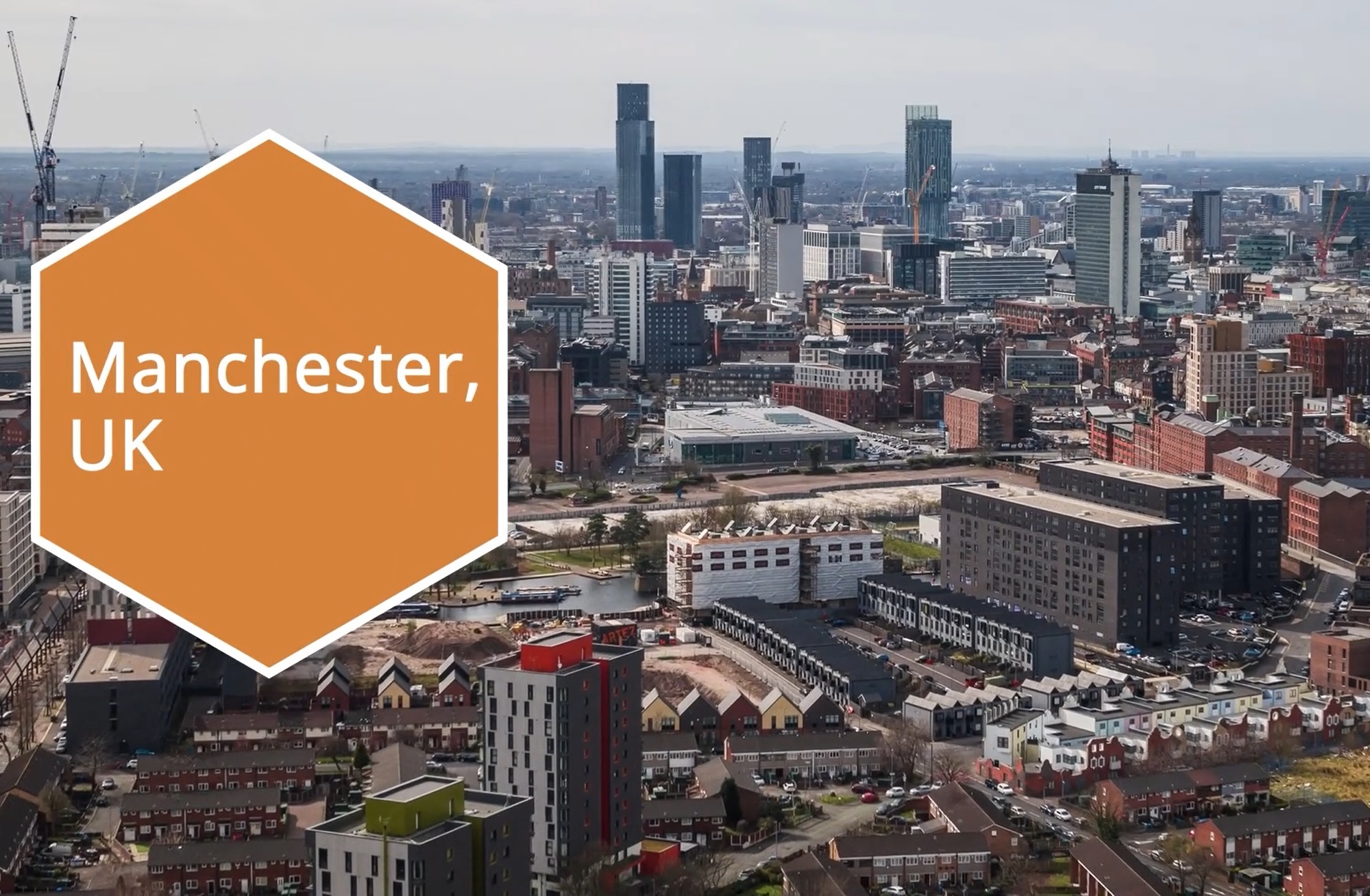 Quick facts
Quick facts
Region: Regione Emilia-Romagna (RER)
Country: Italy
Population: 4.5 million inhabitants
Main cities involved: 11 municipalities: Bologna Metropolitan Area, Modena, Reggio Emilia, Parma, Rimini, Forli, Cesena, Piacenza, Ferrara, Faenza & Capri
Emilia-Romagna's vision
According to the Regional Integrated Transport Plan (PRIT), the Region Emilia-Romagna has the role to coordinate the actions of Municipalities and Provinces, of private and public bodies which operate in the regional transport system.
In this context, the region sees itself as a driving force in the adoption of SUMPs by municipalities. Therefore, the regional authority is providing guidance, funding and incentives to local authorities and intends to provide knowledge support to its municipalities.
SUMP in Emilia-Romagna
Regione Emilia-Romagna started the SUMP coordination process before the REFORM project, in 2015. This process started in parallel to the national one which now sets obligations for all Italian municipalities above 100,000 inhabitants to develop and adopt a SUMP. The region was an active member of the national working group working towards the definition of a national legal framework for SUMPs. In 2015, the region issued regional guidelines which are now de facto replaced by the national guidelines.
Larger municipalities in the region, will adopt a SUMP by the end of 2018. As of June 2018, a SUMP has already been adopted in Parma. Smaller municipalities: Cattolica, Misano and the distretto delle ceramiche have voluntarily started the SUMP process. In addition, Bologna will be the first city to adopt a metropolitan SUMP in Italy.
The commitment of the region for the development of SUMPs is demonstrated by the recent hosting of the Italian national conference on SUMPs, in May 2018, by Bologna.
RER in REFORM
RER is one of the four regional authorities of REFORM and therefore acts on the exchange of good practices and experiences with its counterpart for eventually building a consistent action plan. RER is supported by ITL (Institute for Transport and Logistics) which is leading activities on the analysis of the state of the art in regions and the analysis of Good Practices.
